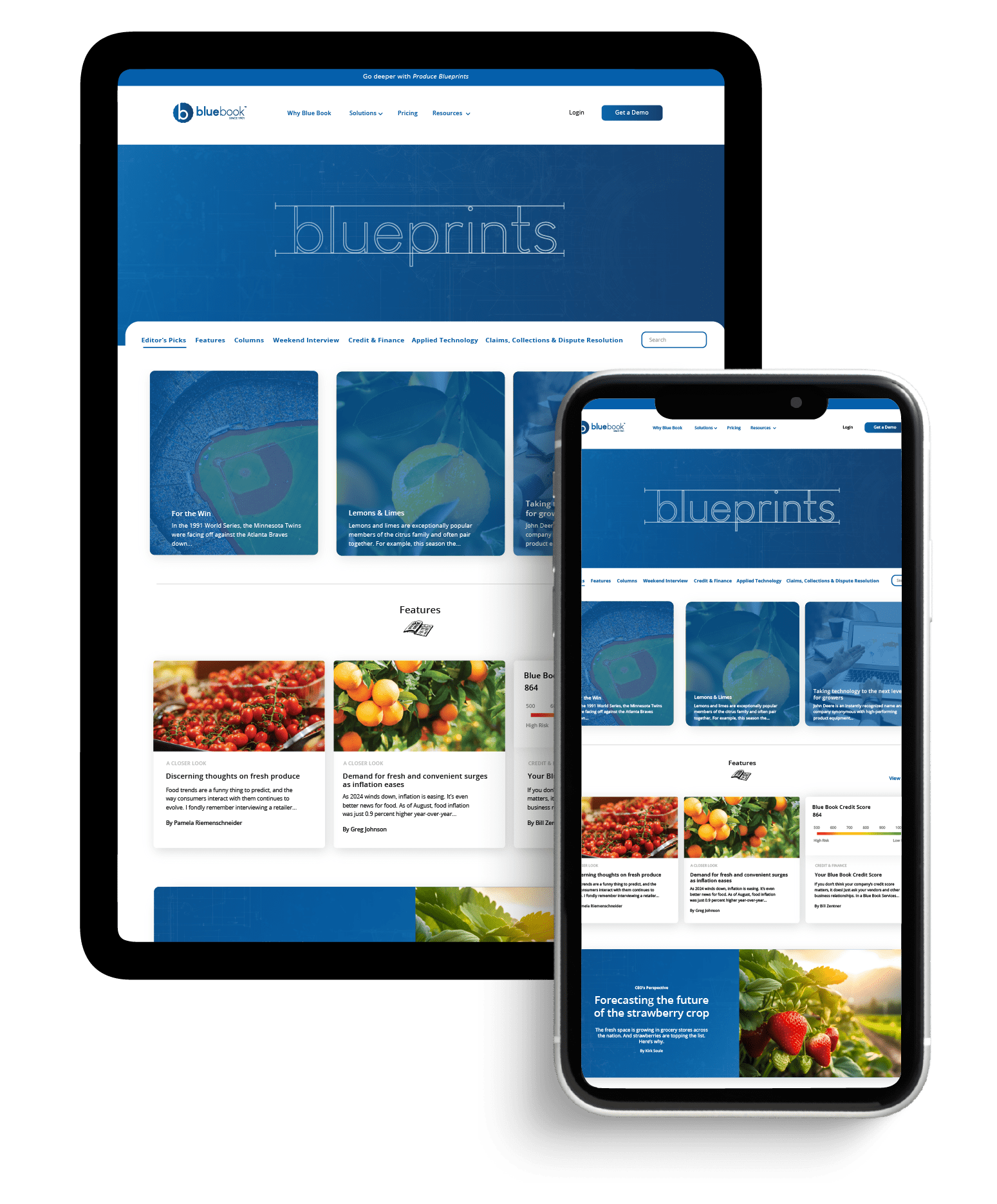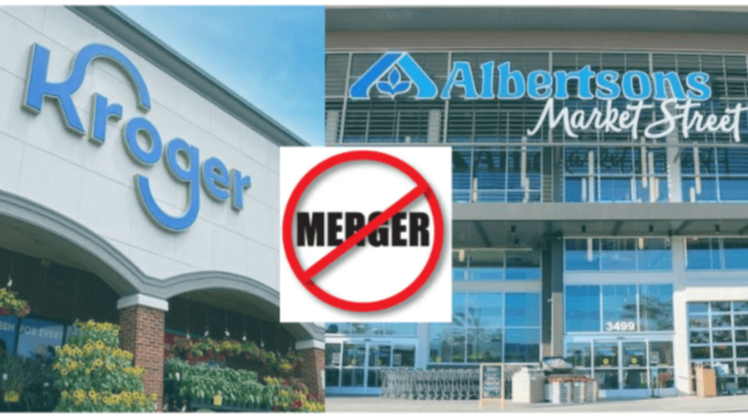Welcome to Blue Book!
Are you ready to join the thousands of companies who rely on Blue Book to drive smarter decisions? View our plans and get started today!
Still have questions? We’d love to show you what Blue Book can do for you. Drop us a line– we’ve been waiting for you.

As 2024 winds down, inflation is easing. It’s even better news for food. As of August, food inflation was just 0.9 percent higher year-over-year. And then there’s fruits and vegetables, where prices fell 0.5 percent year-over-year.
But it’s not good news for all of the food industry. Because inflation is cumulative, it’s still somewhere around 25 to 30 percent higher overall than prepandemic, and it’s hitting foodservice harder than retail.
According to Black Box Intelligence, same-store growth was down 2.3 percent in July year-over-year, and traffic was down 4.6 percent. Consumers spend more at grocery and this will likely continue into 2025.
A September Deloitte survey shows consumers value two things more than price at retail: freshness and convenience. This is a great opportunity for retailers to promote fresh produce to meet this demand.
The survey shows 52 percent of respondents say they value convenience more than they did in the past.
The survey shows 52 percent of respondents say they value convenience more than they did in the past. Similarly, grocers recognize the value of easier options, as more than 8 in 10 (or 84 percent) agree successfully competing on convenience is key to increasing unit sales volume.
Over half (53 percent) of consumers surveyed say figuring out “what’s for dinner” is one of their major pain points, and 44 percent would regularly buy from a grocery store that could help them with meal planning.
Grocers recognize the importance of fresh food, as more than half (52 percent) of grocery executives expect fresh to be their most strategically important department over the next few years. The produce, deli, and meat departments lead this charge.
Meanwhile, 9 in 10 U.S. consumers say fresh food makes them happy, and two-thirds (66 percent) would pay a premium for fresh food. On average, shoppers say they would pay 22 percent more for fresh over the alternatives such as canned, frozen, or other options.
The convenience and “what’s for dinner” pain is greater for younger consumers, as one may expect, as they often have less time and certainly less experience preparing meals.
The survey showed younger consumers including Gen Z (66 percent) and millennials (60 percent) are especially likely to call figuring out dinner a primary pain point. Similarly, households with children (62 percent) also struggle to plan evening meals.
Before that pivotal year of 2020, restaurants would often solve these problems of meal planning, convenience, and freshness, but inflation seems to have altered consumer thinking, maybe permanently. This year, we’ve seen an increase in convenience items from fresh produce companies and should expect to see even more in 2025.
This article was originally published in the November/December 2024 edition.








